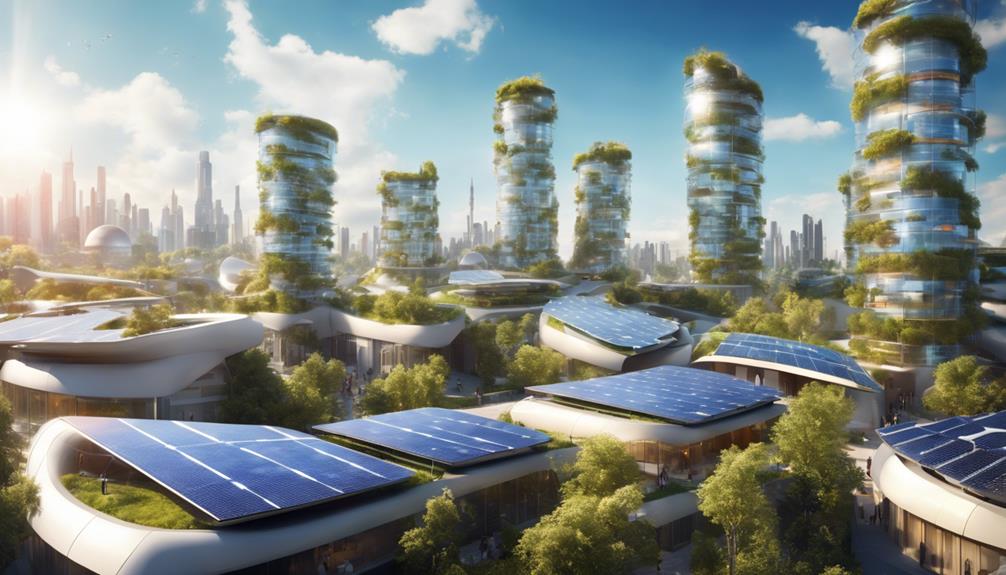
In recent years, the demand for sustainable energy solutions has skyrocketed, leading many homeowners to explore the benefits of DIY solar power. Will Prowse, a prominent figure in the solar energy community, has made it his mission to educate individuals on how to harness solar energy effectively. In this comprehensive guide, we will delve into the basics of DIY solar power with insights from Will Prowse, offering you the knowledge and tools to embark on your solar journey.
Understanding the Basics of DIY Solar Power
Before diving into the specifics of DIY solar power, it’s essential to grasp the fundamental concepts. Solar power is energy harnessed from the sun’s rays through solar panels, which convert sunlight into electricity. This renewable energy source is not only eco-friendly but can also lead to significant savings on your energy bills. Will Prowse emphasizes the importance of understanding the different components of a solar power system, including solar panels, inverters, batteries, and charge controllers. By familiarizing yourself with these elements, you can make informed decisions about your DIY solar power setup.
Will Prowse: A Pioneer in DIY Solar Energy
Will Prowse has made a name for himself in the solar energy community through his engaging YouTube channel and informative blog. His hands-on approach and practical tips have helped countless individuals transition to solar energy. Prowse’s content covers everything from choosing the right solar equipment to installation processes, making it accessible for beginners and seasoned DIY enthusiasts alike. By following his guidance, you can eliminate the complexities often associated with solar power and build a system tailored to your needs.
Choosing the Right Solar Equipment
Selecting the right solar equipment is crucial for the success of your DIY solar power project. Will Prowse recommends focusing on quality components to ensure optimal performance and longevity. Start by researching various solar panel types, including monocrystalline, polycrystalline, and thin-film panels. Each type has its own advantages and disadvantages in terms of efficiency, cost, and space requirements. Additionally, consider the inverter options available, as they play a vital role in converting DC power generated by the solar panels into AC power for household use. Prowse’s videos often provide insights into the best brands and models, helping you make informed choices.
Planning Your Solar Power System
Once you’ve selected your solar equipment, the next step is to plan your DIY solar power system. This involves calculating your energy needs and determining the appropriate size of your solar array. Will Prowse emphasizes the importance of performing a thorough energy audit to assess your household’s electricity consumption. By analyzing your utility bills and identifying peak usage times, you can estimate the number of solar panels required to meet your energy demands. Additionally, consider factors such as roof orientation, shading, and local weather patterns, as they can significantly impact your system’s efficiency.
Installation Process: Step-by-Step Guide
The installation process is one of the most exciting aspects of DIY solar power. With Will Prowse’s guidance, you can follow a step-by-step approach to ensure a successful setup. Begin by gathering the necessary tools and materials, including mounting hardware, wiring, and safety equipment. Prowse’s video tutorials provide a visual representation of the installation process, making it easier to understand. Key steps include mounting the solar panels securely, connecting the wiring, and installing the inverter and batteries. Always prioritize safety by following local electrical codes and regulations during installation.
Maintenance and Troubleshooting Tips
Once your DIY solar power system is up and running, it’s essential to perform regular maintenance to ensure optimal performance. Will Prowse advises keeping an eye on your solar panels for dirt, debris, or any physical damage that could hinder their efficiency. Regularly inspect connections and wiring for wear and tear. Additionally, it’s a good idea to monitor your system’s performance using a solar monitoring app or device. If you encounter issues, Prowse’s troubleshooting tips can help you diagnose problems and implement solutions, ensuring your system continues to operate efficiently.
Cost Savings and Environmental Benefits
Investing in DIY solar power can lead to substantial cost savings and environmental benefits. By generating your own electricity, you can reduce or even eliminate your reliance on the grid, leading to lower energy bills. Will Prowse highlights that many regions also offer incentives, rebates, or tax credits for solar installations, further decreasing the initial investment. Moreover, using solar energy contributes to reducing your carbon footprint, making a positive impact on the environment. As more individuals adopt solar power, the collective effect can lead to a significant reduction in greenhouse gas emissions.
Conclusion: Embrace the Solar Revolution with Will Prowse
In conclusion, DIY solar power with Will Prowse is an empowering journey that allows you to take control of your energy needs while making a positive impact on the environment. By understanding the basics, choosing the right equipment, planning your system effectively, and following proper installation and maintenance procedures, you can successfully harness solar energy for your home. As the world increasingly shifts towards sustainable energy solutions, now is the perfect time to embrace the solar revolution. With Will Prowse’s valuable insights and resources, you have everything you need to embark on your DIY solar power project confidently. Start your journey today and enjoy the benefits of clean, renewable energy for years to come!





